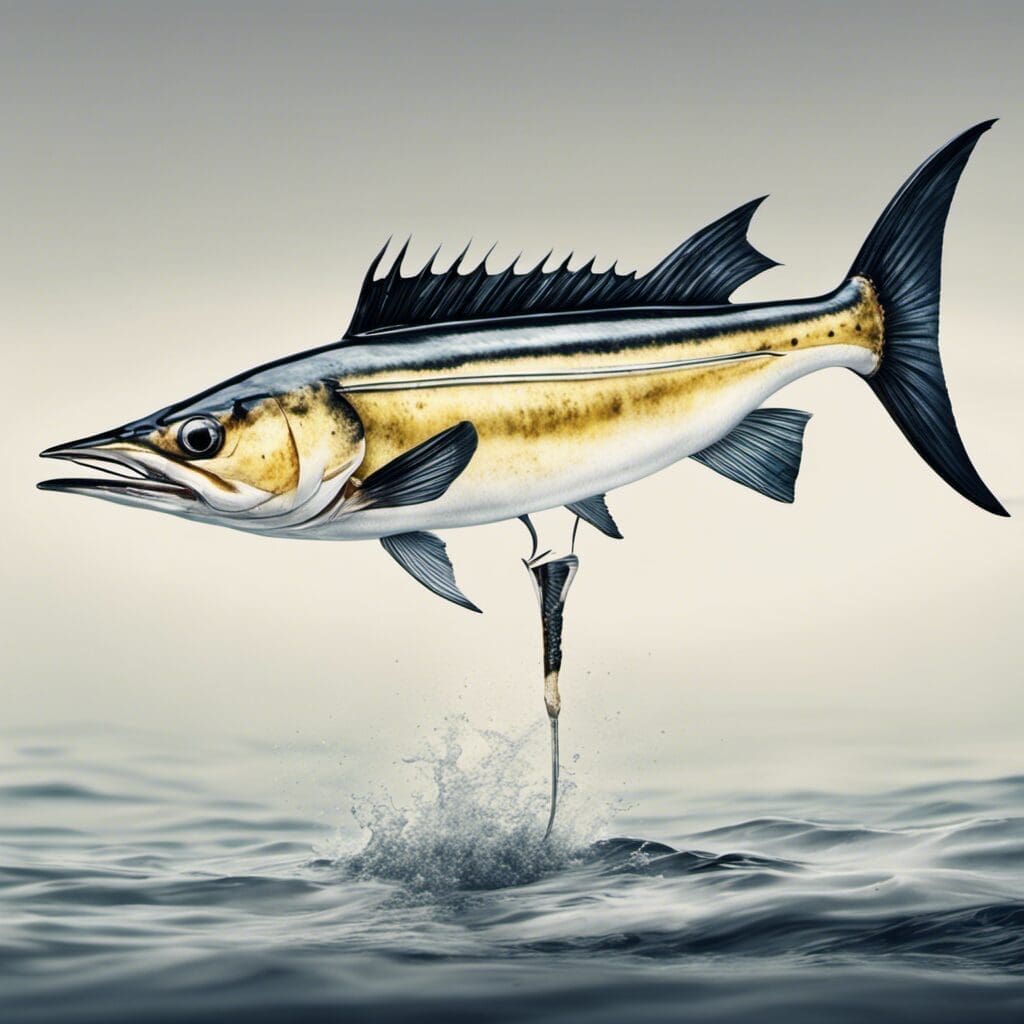Introduction
The Spearfish, also known to the scientific community as Tetrapturus pfluegeri, belongs to the Istiophoridae Family, notably recognized for their signature long, bill-like upper jaws.
Conservation Status
The Spearfish, particularly the Longbill Spearfish, is currently categorized under the “Least Concern” conservation status by the International Union for Conservation of Nature (IUCN). Various efforts are made globally to maintain their population, including sustainable fishing measures and habitat protection.
Statistics
| Average | Range | |
|---|---|---|
| Length | 7.5 ft | 5 – 9 ft |
| Weight | 50 lbs | 20 – 80 lbs |
| Lifespan | 5 – 8 years |
Distribution
Spearfish, including the Longbill species, can be found in both the Atlantic and Pacific Oceans, particularly in tropical and subtropical waters. They are known to migrate in response to changes in water temperature and food availability.
Habitats
These pelagic fish prefer warmer waters with temperatures ranging from 22 – 28°C. They inhabit the open ocean, typically staying within a depth range of 0 - 200 meters.
When and Where to See
Spearfish tend to show up during the summer months in many regions, particularly from May through September. They are most active during the early morning and late afternoon hours.
Best Fishing Locations
- Hawaii, USA
- Florida, USA
- Cabo San Lucas, Mexico
- Bahamas
- Canary Islands, Spain
- Azores, Portugal
- Madeira, Portugal
- Malta
- Seychelles
- Mauritius
How to Catch
Spearfish, like other billfish, are typically caught using various methods including trolling with lures or live baits. The best time to catch them is during their active feeding times in the early morning or late afternoon.
Identification Guide
Spearfish have a slender, elongated body with a long, pointed bill. They are generally indigo-blue on top, fading to silver-white on their underside with a series of light vertical bars along their flanks.
Culinary
Longbill spearfish have a light, nearly white flesh with a mild flavor. They’re ideally grilled or made into sashimi. Nutritional information generally includes high protein and omega-3 fatty acids, making it a healthy choice for many diets.
Additional Information
Spearfish have a rapid growth rate and are considered opportunistic feeders, commonly dining on small fish and cephalopods. They are generally solitary or move in small groups. Their natural predators include larger species of billfish and sharks.
In the realm of folklore, the Hawaiian people consider spearfish, or “Hebi” as they call it, to signify good luck.
References and Further Reading
- FishBase
- NOAA Fisheries
- Florida Museum

